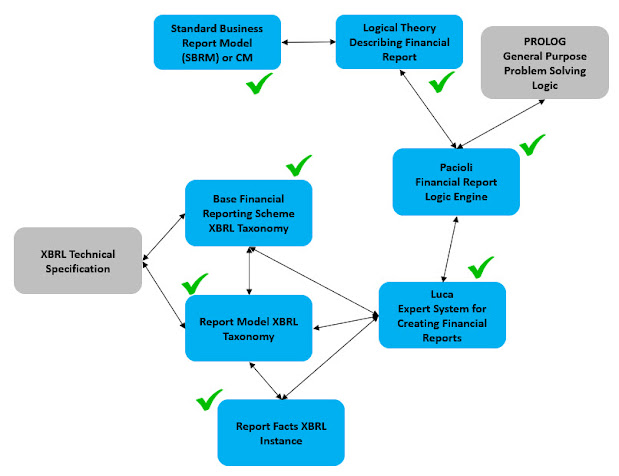Classic Transactions and Canonical Representations of Business Events

Why do we "post transactions to an accounting system"? Why can't the information from a business event be turned into a transaction information and the information then just end up in the right financial statement accounts? For probably 10 years, I have been trying to figure out how to get information into an accounting system correctly even if you are not a trained bookkeeper or accountant. During that time I have run across several clues. Those clues include: The Resource-Event-Agent (REA) model is an approach to conceptualizing the semantics of economic exchanges and conversions such as accounting transactions or business events. REA is an ISO standard. For more information about REA, please see this blog post . Algorithmic Contract Types Unified Standard ( ACTUS ) has the same idea that I have for financial contracts that I have for business events. ACTUS uses the notion of machine readable smart contracts to represent financial contracts. The book The Joy of Acc





